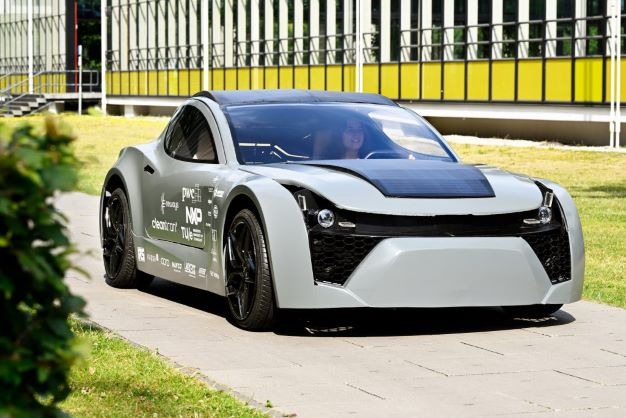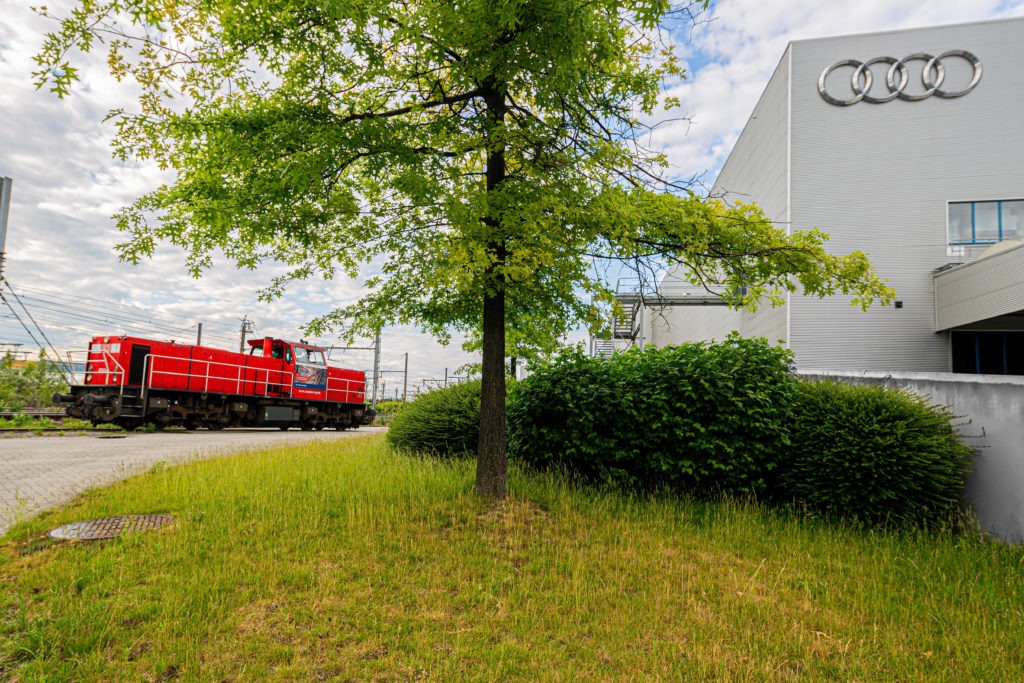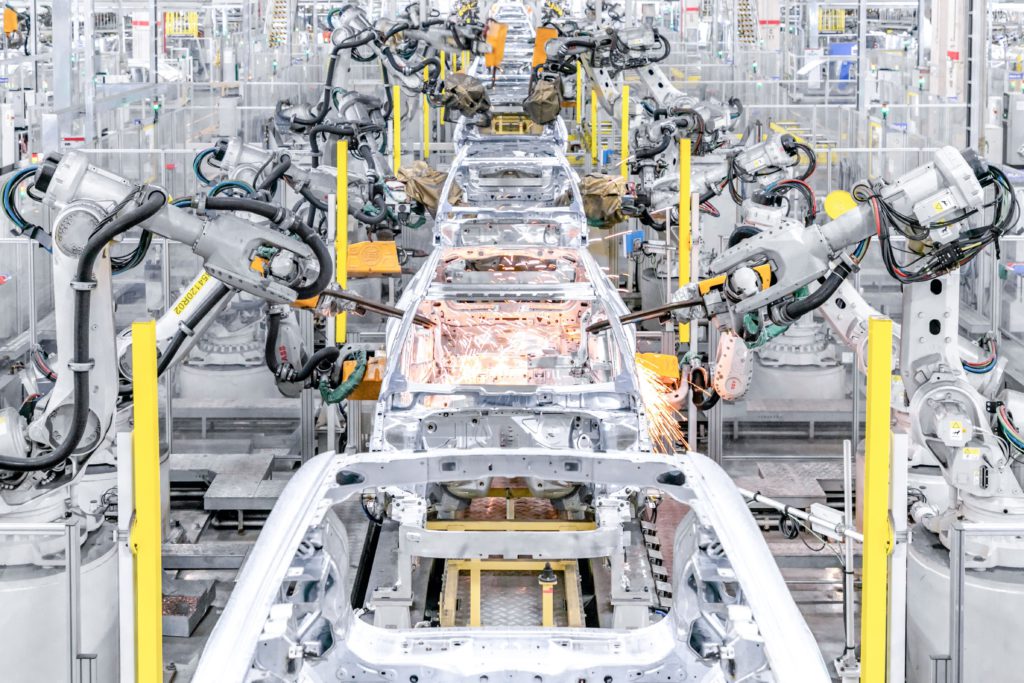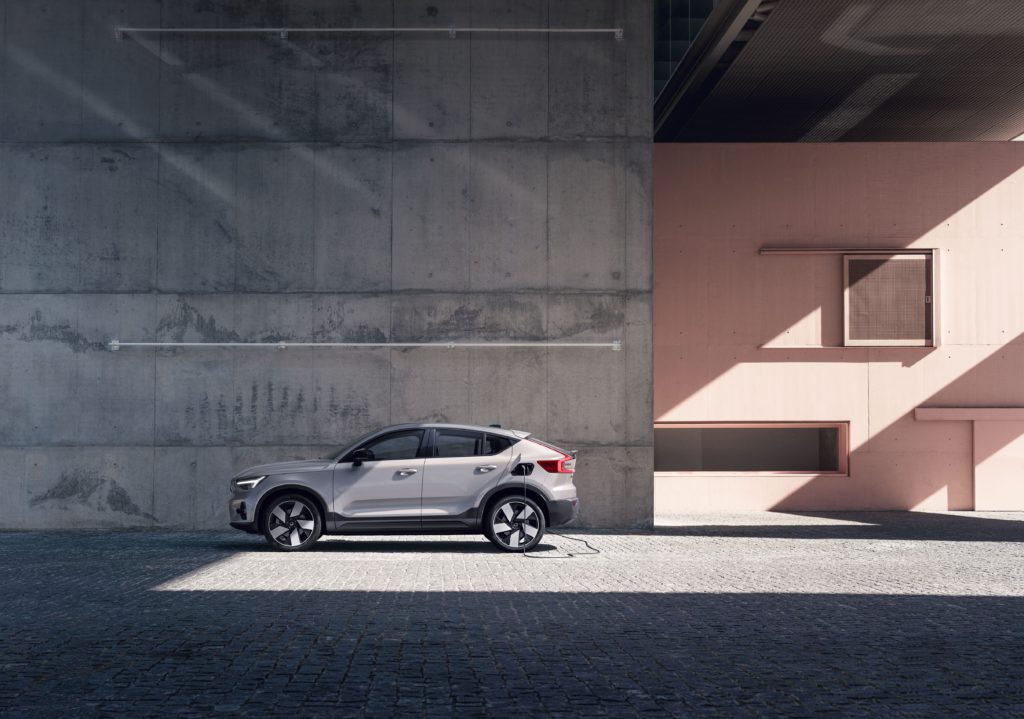Meet the car that sucks up CO2 and cleans the air
31 July 2022

Imagine a car that captures more carbon dioxide (CO₂) while it is being driven than it emits. A student team from the Eindhoven University of Technology (TU/e) in the Netherlands has turned such imagination into a reality with the Zem electric-vehicle (EV) prototype.
The Zem effectively stores CO₂ through ‘direct air capturing’ as it drives, purifying and disposing of it through a special filter. While the project is in its early stages, the TU/ecomotive team see the development as a motivating one, aimed at contributing to the general reduction of global warming, highlighting that passenger cars are responsible for more than 60% of related emissions.
Key to the Zem’s ability to effectively suck CO₂ from the atmosphere is the filter. The car can currently travel 320km before this unit is full and requires replacing or cleaning. This unique component, which TU/ecomotive is seeking a patent for, allows the car to capture two kilograms of CO₂ at 20,000 travel miles per year, meaning that 10 Zem prototypes could store as much CO₂ as an average tree over a 12-month period.
‘It is still a proof-of-concept, but we can already see that we will be able to increase the capacity of the filter in the coming years. Capturing CO₂ is a prerequisite for compensating for emissions during production and recycling,’ stated team manager Louise de Laat.
Good looking car with a serious message
It is fair to say that when startups roll out a cutting-edge prototype, the results can be outlandish. Refreshingly, the Zem is a sleek, sporty looking two-door coupé, which is easy to picture on the roads of tomorrow.
The car’s sustainable message is reinforced through the manufacturing process. All materials and vehicle parts are recyclable or reusable. TU/ecomotive has collaborated with fellow Eindhoven-based concern Black Bear Carbon, which specialises in recycling disused tyres. These materials are incorporated in the make-up of the Zem’s monocoque, and this process is central in reducing CO₂ emissions.
Bi-directional charging is something many car companies and charging providers are continuing to develop, and the Zem makes full use of this process. The technology allows for vehicle-to grid (V2G) or vehicle-to-home (V2H) energy provision, where the EV will supply energy from its battery back to the grid or direct to a home. It can therefore provide power for either domestic appliances and other non-automotive specific equipment, or smoothing out spikes in overall energy demand.
The Zem’s bi-directional charging technology has been paired with solar panels built into the roof of the car, making use of both the batteries and the space on the roof to make the vehicle more sustainable, even when it is not driving.
Collaborating with partners as CEAD and Royal3D ,TU/ecomotive has also made use of 3D printing in the build process. The Zem’s monocoque and the body panels have been created using this method, significantly reducing waste, with circular plastics that can be shredded and re-used for other projects.
For over a decade, the team based at TU/e has been developing vehicles focused on sustainability, showcasing such technology to the wider automotive industry. The small team is looking to build a new, innovative car every 12-18 months.
‘We want to tickle the industry by showing what is already possible,’ affirmed Nikki Okkels, external relations manager at TU/ecomotive. ‘If 35 students can design, develop and build an almost carbon-neutral car in a year, then there are also opportunities and possibilities for the industry.’
‘We call on the industry to pick up the challenge, and of course we are happy to think along with them. We are not finished developing yet either, and we want to take some big steps in the coming years. We warmly invite car manufacturers to come and take a look.’



